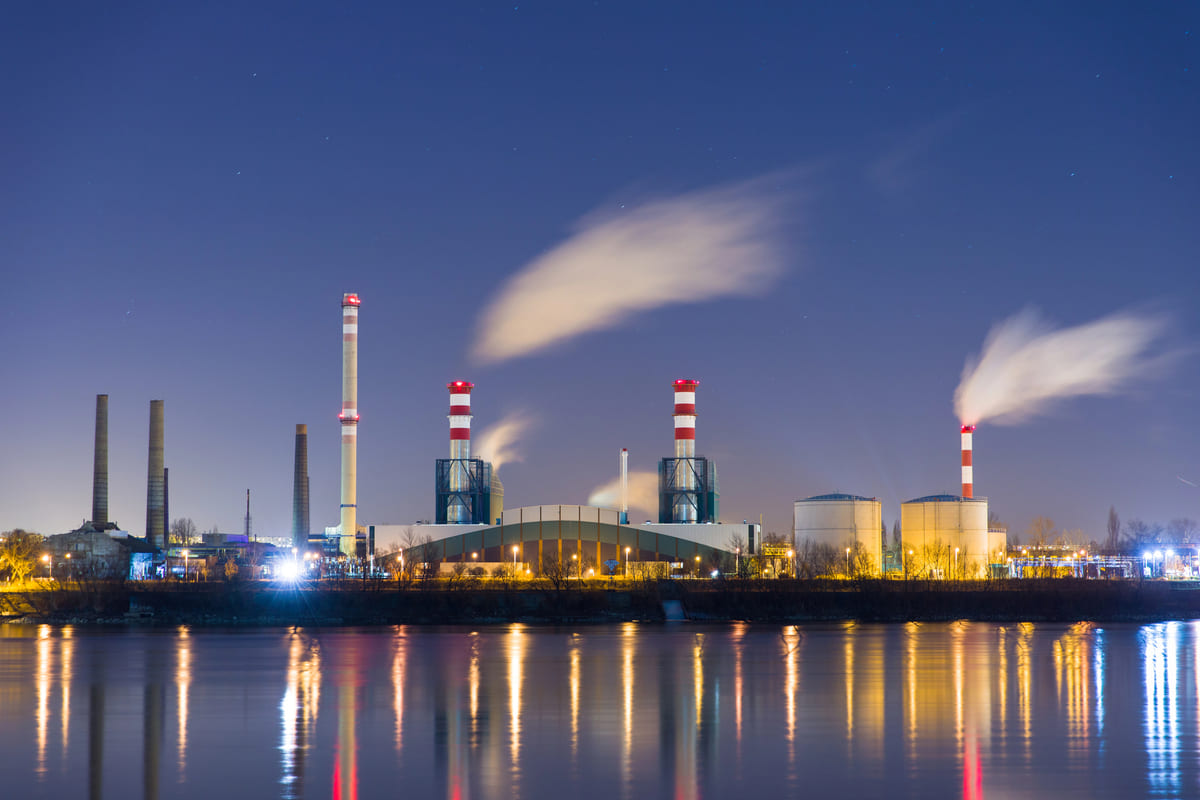
Heavy dependence on fossil gas, weak or nonexistent phase-out strategies, and lackluster renewable energy targets: what’s holding back the energy transition for Europe’s power giants?
None of the ten largest European electric utilities has a solid, ambitious plan for the energy transition. Most are still investing in fossil gas expansion, and only a few have outlined any plans to phase it out. Even those that do are aiming for 2040–2042, far beyond the 2035 deadline widely seen as the latest viable target for advanced economies. The sector also lacks transparency in reporting and shows minimal alignment with climate pathways that limit global warming to 1.5°C.
That’s the picture painted by a recent analysis of utility strategies conducted by Reclaim Finance and Beyond Fossil Fuels, in partnership with other NGOs.
Energy transition plans fall short on ambition
Not one of the ten utilities evaluated has a transition strategy fit for the climate challenges ahead. The main reason: fossil gas remains central to electricity generation plans. Seven of the ten utilities reviewed – A2A, Enel, ENGIE, EPH, PGE, RWE, and SSE – are still building new gas-fired power plants. Altogether, they plan at least 37 new gas facilities, totaling 25 GW of additional installed capacity in the coming years.
Even more concerning: 36 of these 37 new gas plants will be built in Europe, despite forecasts that much of the continent’s fossil gas infrastructure could be underutilized by 2030.
EPH, PGE, and RWE rank among the most aggressive developers of new gas capacity. Meanwhile, Iberdrola, Naturgy, and Statkraft have no plans for new fossil gas facilities. Yet none of these utilities has committed to phasing out existing gas capacity either.
Worse still, Enel, ENGIE, and RWE intend to continue operating liquefied natural gas (LNG) infrastructure well beyond 2040, either by developing new import terminals or locking in long-term supply contracts. Notably, Enel is planning an onshore LNG plant in Sicily, while ENGIE has similar projects underway in Fos-Cavaou and Montoir-de-Bretagne.
Emissions targets are misaligned with net zero by 2035
All of the utilities analyzed have announced net-zero emissions targets between 2040 and 2050. However, the report underscores that this timeline is insufficient to decarbonize the energy sector by 2035, as called for by the International Energy Agency’s Net Zero Emissions by 2050 (NZE) scenario.
A2A, ENGIE, EPH, PGE, and SSE are also not aligned with a 1.5°C-compatible trajectory. The report finds that these companies lack robust, clearly defined decarbonization goals with concrete timelines.
Methane emissions management is another major blind spot. Only four utilities – A2A, Enel, ENGIE, and Iberdrola – have specific monitoring programs for methane emissions. Of these, only A2A and ENGIE have set reduction targets. Some companies, like PGE, don’t even fully include methane emissions in their carbon footprint calculations.
Mixed progress on renewable energy and storage goals
The report reveals a highly uneven landscape when it comes to renewables. ENGIE (40 GW), Iberdrola and RWE (38 GW each), and Statkraft (30 GW) stand out with ambitious solar and wind capacity plans through 2030. Enel also ranks high, targeting 13 GW by 2026. In contrast, the goals set by A2A, EPH, Naturgy, and PGE are considered inadequate.
Some utilities are also investing in energy storage and grid infrastructure. ENGIE aims to add 10 GW of storage capacity by 2030, RWE is targeting about 6 GW, and Iberdrola is planning for 3 GW. Enel also ranks among the frontrunners in this space.
Only four utilities – Enel, Iberdrola, RWE, and Statkraft – are on track to reach a sustainable share of 77% renewable installed capacity by 2030, the level needed to keep global warming within 1.5°C.